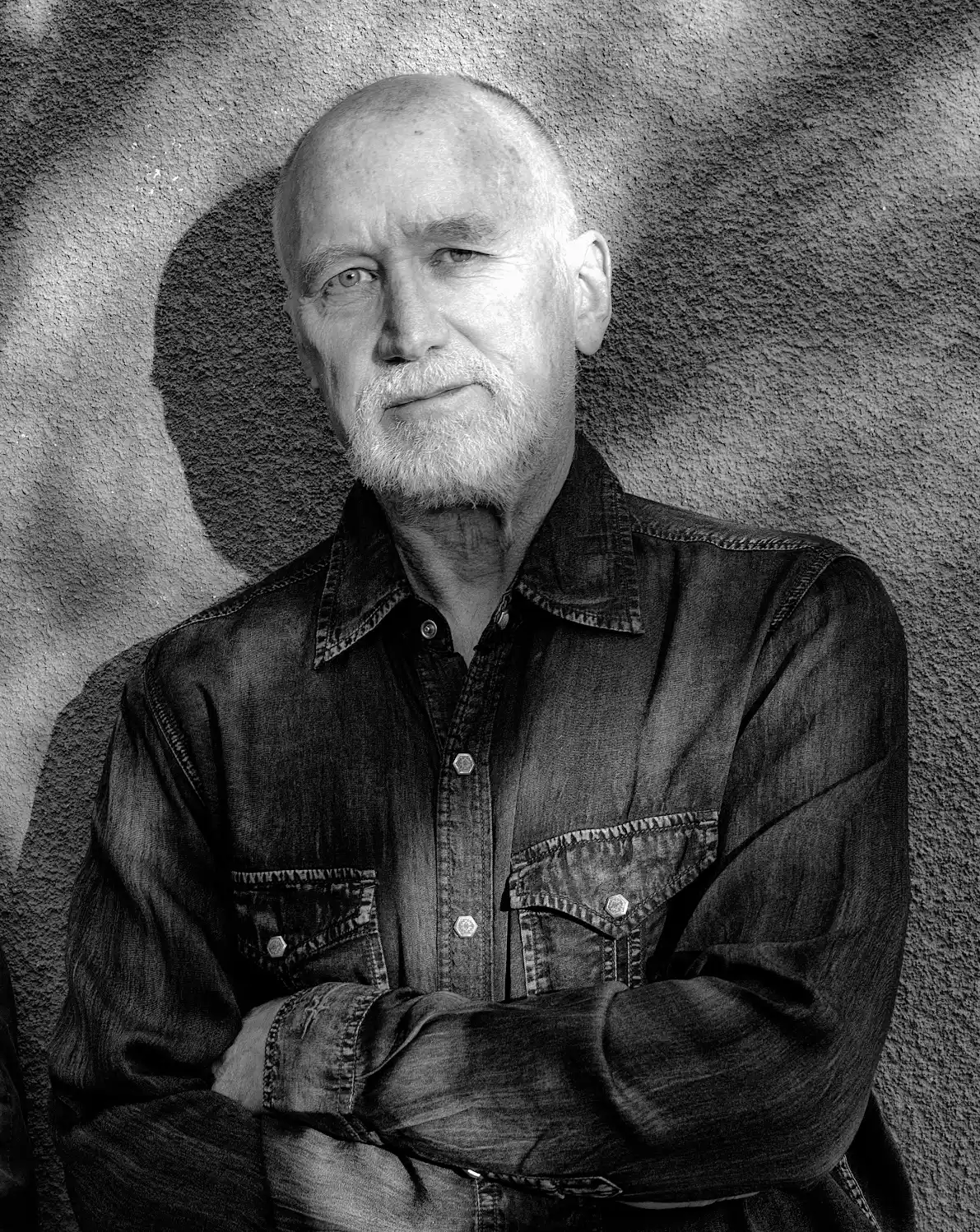
It’s a strange thing to say that laying a pal to rest turned out to be one of the most beautiful days of my life. But that’s the truth. And I’ve been blessed with having experienced many beautiful days.
We lost our friend of 35 years, the renowned photographer Kurt Markus, two years ago on June 12, 2022. A week ago today, as I write this, there gathered a group of around 50 people to honor our pal, on a remote hillside, Tuscarora cemetery in Nevada, established 1870. As many of you might know, Kurt was predominantly a cowboy photographer. He produced three definitive books on the subject, a life and lifestyle that stirred his imagination from an early age.
And so, when we came to bid Kurt farewell, the guests present were predominantly cowboys and cowgirls — folks in their 60/70/80s now, most who had been photographed by Kurt in their vibrant youth. Many chose to drive through the night, from all the western states and beyond, to celebrate this man who lived amongst them, was accepted by them, a man who respected them in a way that seems rare today. People weren’t dressed in black, rather, their mourning attire was the cowboy uniform for such an occasion — pristine white western shirts, Wrangler jeans, life journeyed cowboy boots. And, of course, their best hats.
It was a happening.
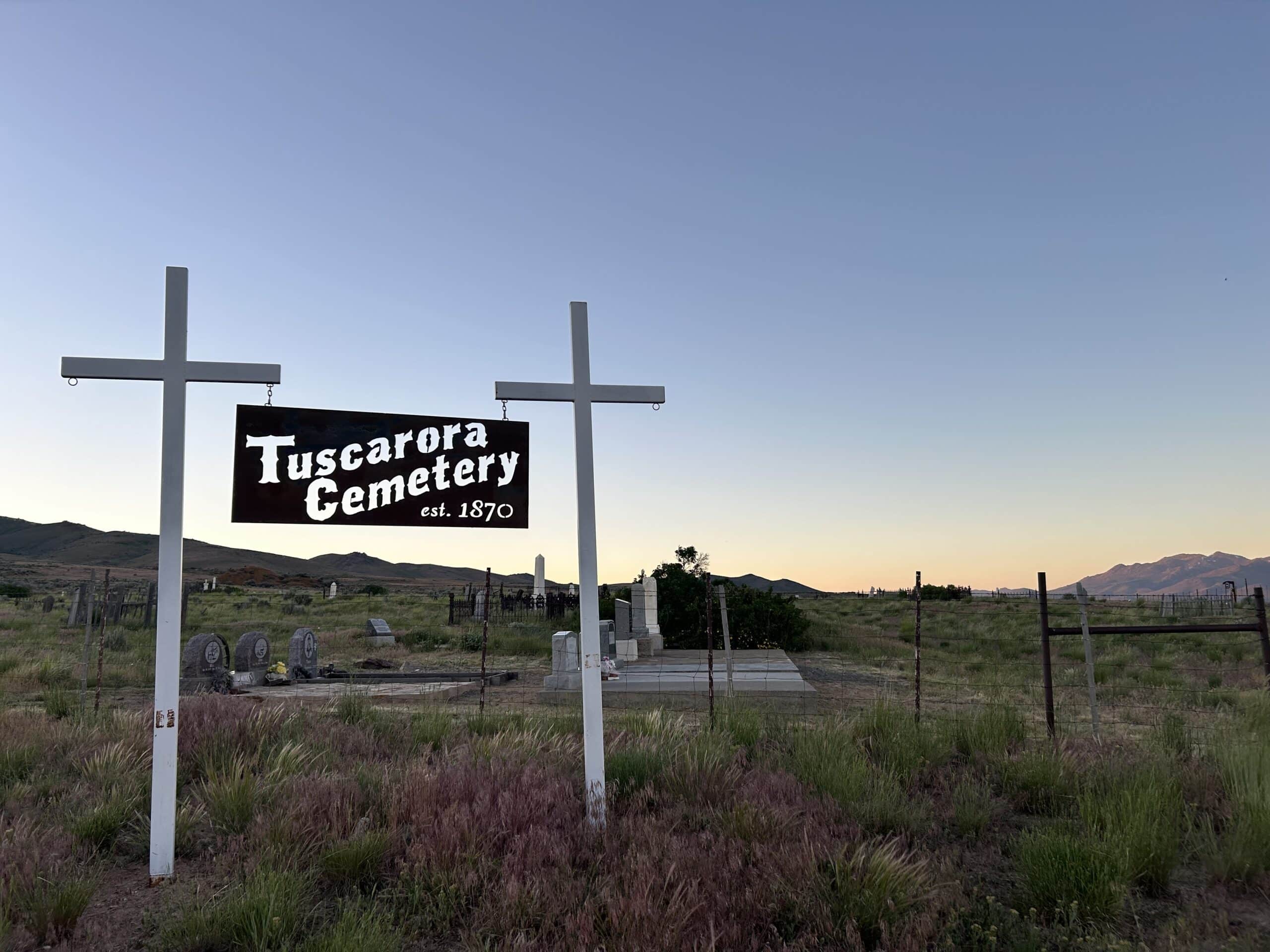
Kurt chose this particular hillside, as isolated and inconspicuous as it gets, seven miles down a gravel road, in part because it was the epicenter from where he’d reach out to the north, south, east and west on various assignments, but more so, because he didn’t wish for any of his loved ones to feel guilty about not visiting his graveside. That was Kurt.
The base town was Elko, Nevada. His final resting place, just over an hours drive away. This particular cemetery, without church or buildings, is reserved for cowboys and cow bosses, thus Kurt rests amongst kindred spirits.
It was a hot day. We gathered around 4pm and strangers soon became friends, united in a calm love for the deceased. I’ve never attended a funeral with zero affectation. No one was vying to dominate, to impress, to sell their particular wares. Everyone was present, shouldering their own sadness and pondering with affection, their time spent with this humble, remarkable man.
We gathered in the local hall, which wore the history of this hamlet, this near forgotten gold town, in pictures and information plaques on its walls. Introductions were made, small talk wasn’t needed nor exercised. Maria, Kurt’s wife of 40 years, wore all white, and used her pragmatism to corral those who usually do the same with horses or cattle. There were few tears, but rather, hushed tones, enquiries made as to how did you know Kurt, for how long, where did you meet him? One cowboy, Justin Reichert, had driven from Kansas — he’d never met Kurt, but Kurt’s photographs had so inspired him as a boy that his vocation was forged, and he became a cowboy. Buzz, Kurt’s pal from West Point was there — as I spoke in earnest about our friend, Buzz broke the strangers ice with accounts of their youth, of chasing girls and ribald behavior. Kurt’s sons Weston and Ian welcomed everyone, and his daughter Jade — physical reminders of our departed friend, each with hereditary characteristics that shone as if their Dad was present. I think he probably was.
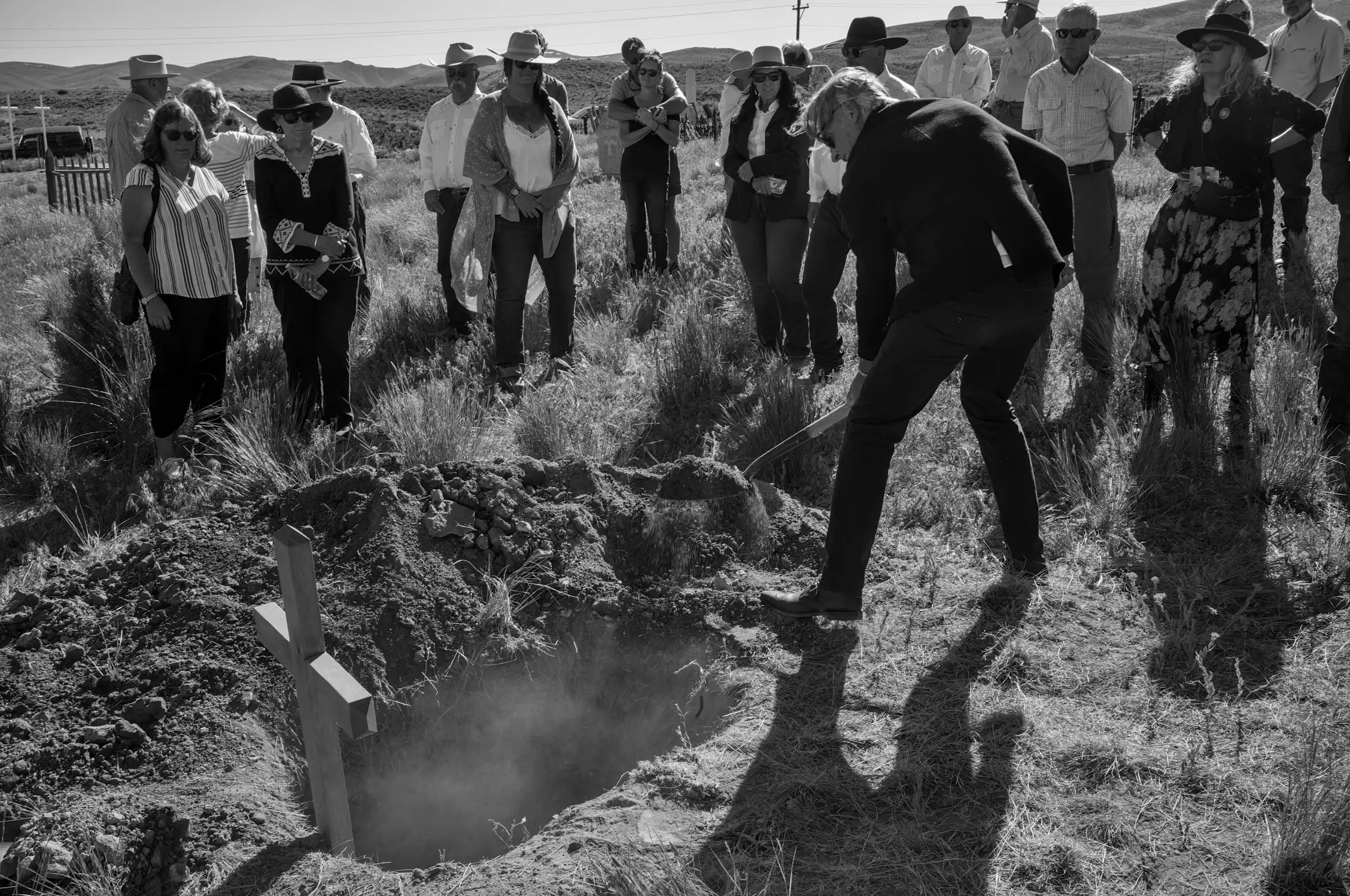
When the time came, I made my way on foot down the hill to the barbed wire fence which housed the cemetery. The location was akin to a John Ford movie, but this wasn’t a studio lot with cardboard walls, this was as real as it gets. A throaty pick up truck sped up and the cowgirls inside, asked me if I wanted a ride — I responded, somewhat awkwardly, no thank you. I needed the walk after my 11 hour drive — in all honesty, I felt raw, emotional, I’ve desperately missed my friend. And thus this solitary time was necessary to gather my thoughts.
As everyone arrived at the field, it was truly a site to behold — this flurry of quiet friends, 90 percent in Stetsons, as much for honorable style as for shade. Witnessing them walk towards Kurt’s resting place, the last plot before the fence, overlooking the most perfect topographic vista, my feelings were reassured — like me, all of these souls carried memories in their hearts, like treasured heirlooms, non physical reminders of happy times shared.
Maria made it clear that there was to be no staid formalities, that was never Kurt’s style. Instead, we all circled in close and listened as cowboy Ross Knox, removed his hat, smoothed his remaining hair, and from heart, recited all fourteen verses of he and Kurt’s favorite poem, The Old Nighthawk by Bruce Kiskaddon.
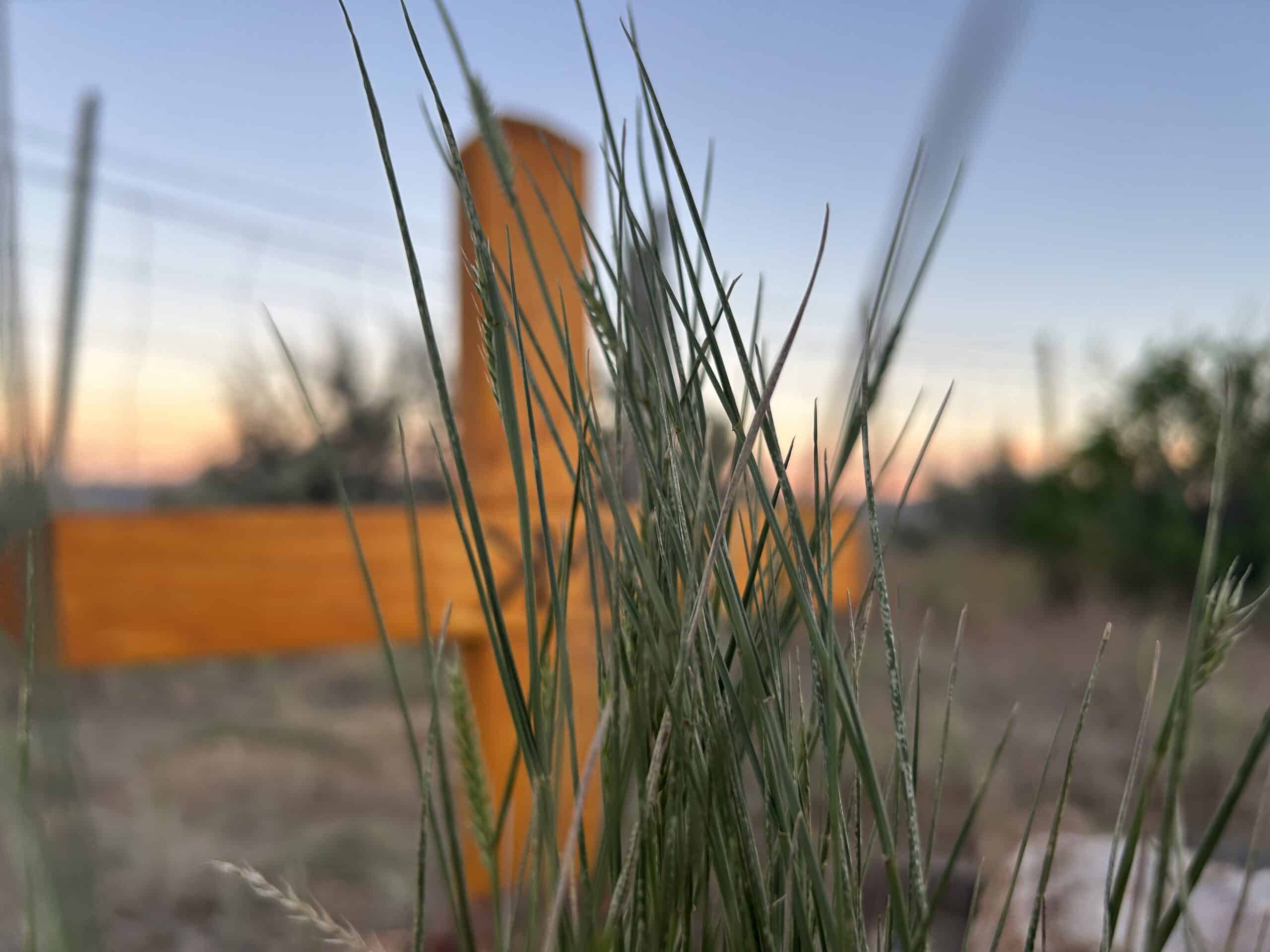
It was a happening.
And then a dear friend and ‘brother’ of Kurt’s, the travel writer Eric Hansen, who’d accompanied him to Yemen on three occasions, stepped up with a beautiful tin box, a souvenir Kurt had brought for Maria, the container that housed Kurt’s ashes. A box that Maria had driven 1,200 miles with, from their home in Santa Fe.
Without fuss or fanfare, Maria, flanked by all the grown up kids, emptied her husband’s remains into the hole, and we witnessing, experienced this private moment of grief. Maria made a gesture, and said some simple poignant words, and then those who would like, who were able, were invited to step forward and fill in his grave. Everyone stepped forward — many of us took turns — it felt such a privilege. Once done, Maria handed out stones from their garden in Santa Fe and we all placed them by the simple wooden cross that Ian, Kurt’s youngest son, had crafted.
It was a happening.
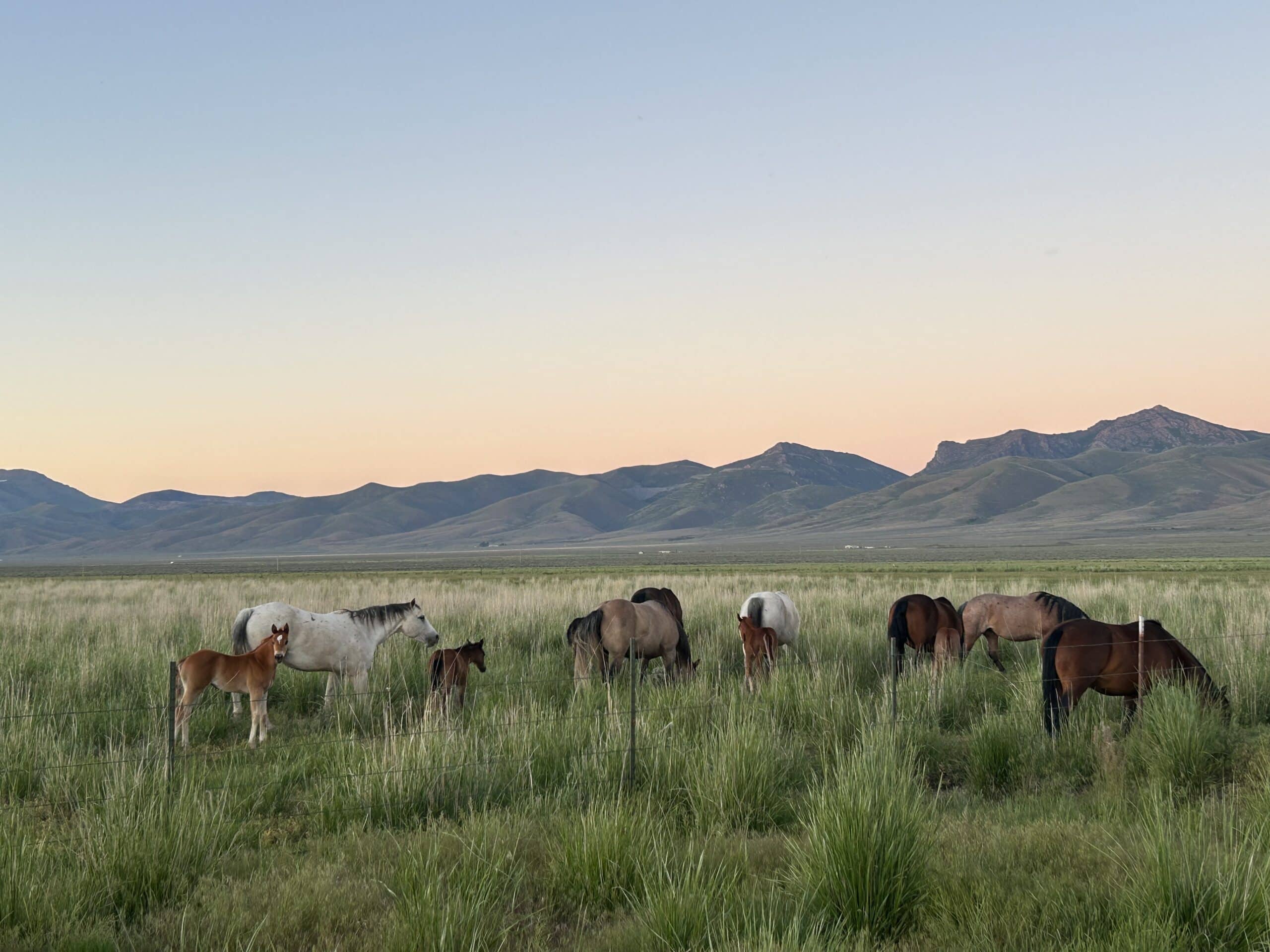
Once back at the hall, the room became abuzz with story telling. RW Hampton and others played the guitar and sang beautiful cowboy songs and laments. RW once again sang Cimarron, a song he’d sang at Kurt and Maria’s wedding many moons previously. These men and women could sing. Remember that for most of them, this is what they did every night, around a fire, beneath the gigantic star kissed sky — no phones, TV, or radio — instead, self entertainment, the spinning of yarns, memorable tales of adventure, never mundane. Another of Kurt’s old friends, the buckaroo and cowboy poet, Waddie Mitchell, read Kurt’s final words, written two days before he passed, at a time when he was convinced his writing life was spent. It was beautiful, of course. That was Kurt.
And so a beautiful, peaceful and sincere afternoon of remembrance was had by a multitude of strangers, all interesting, self-effacing and present to give thanks for our mutual friend. A collective celebration of gratitude and recollection, for a man made of the right stuff, for a man of substance,
I left at 8.45pm wanting to get ahead of the dying light — that road out was tricky, blanketed by a film of scrambling giant crickets. I stopped by the cemetery one last time, unhooked the chain gate and took 15 minutes solo, with my friend. What a view from where he lay, what an expanse of the most magnificent kind — of course Kurt wished to lay here. Free as the gentle breeze, returned home to source.
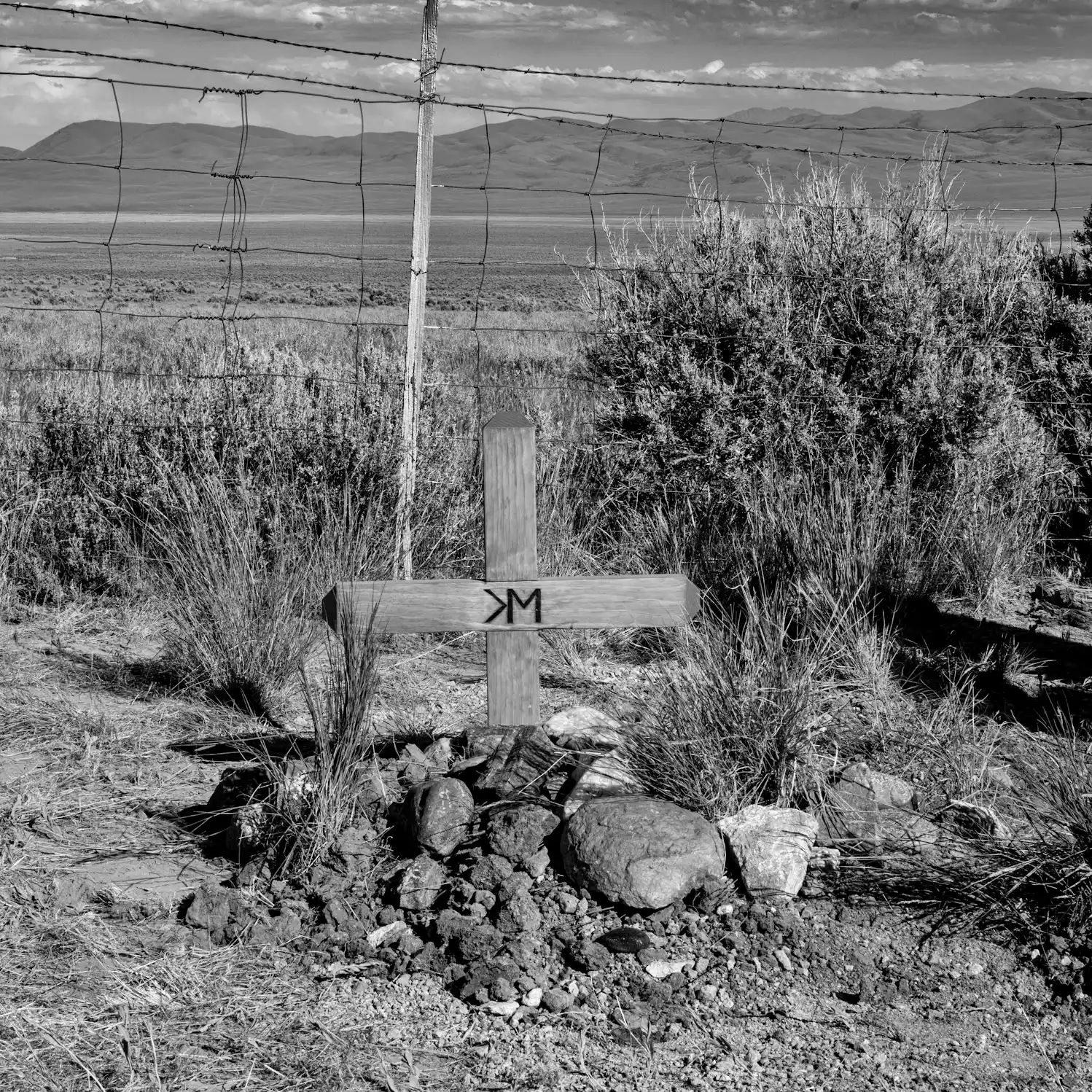
And so this is the story of why a seemingly sad day, became one of the most beautiful days of my life — because that was Kurt. All these different people from all walks of life, together, as one, galvanized by one man’s kind and endearing heart.
Rest in Peace dear buddy — I can still see you and hear your voice.
Watch over us all, until later…and I’ll see you on the other side.
Your pal,
JOHN
Learn more about Kurt here


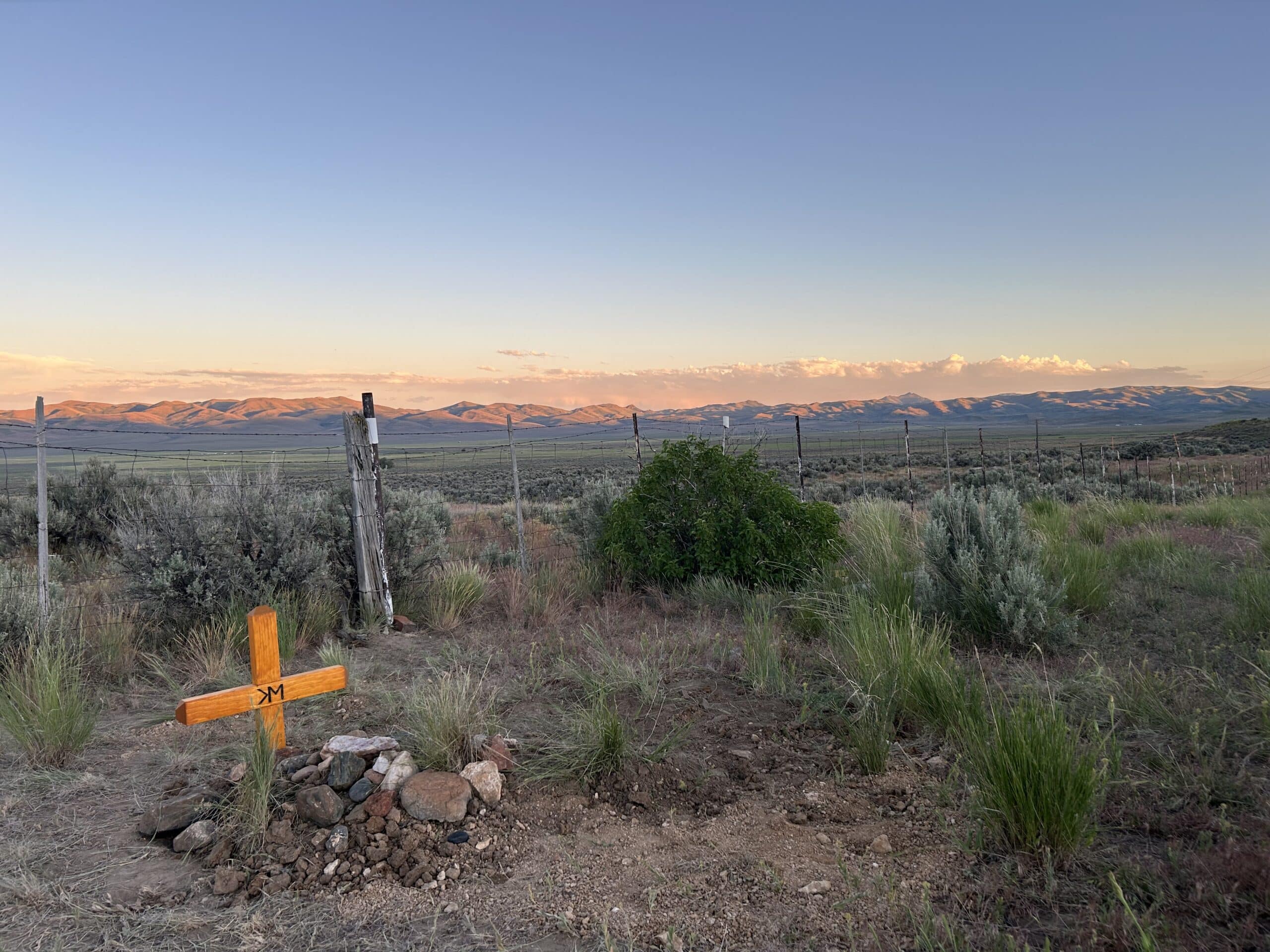
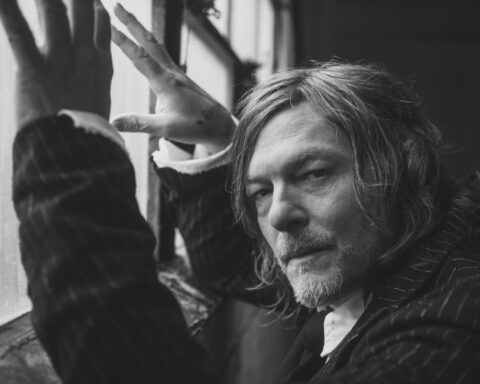

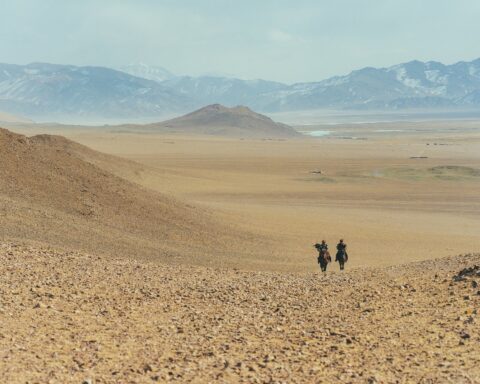
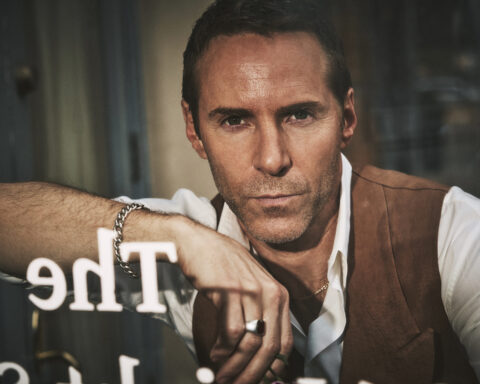
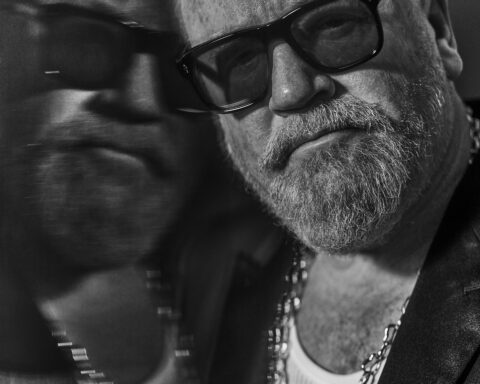


Wow, a very affecting account of your love and respect for your departed friend, Kurt.
There’s hope for us men when we can express these emotions so honestly. Thanks John.
JP – thank you for opening your heart, shining a light and sharing such a beautiful tribute to such a a timeless talent.
Beautiful piece, John. A fine tribute to a fine friend.
Beautiful… RIP ❤️
Really lovely. Thank you for sharing your thoughts.
Awesome! Its genuinely remarkable post, I have got much clear idea regarding from this post